- SINCE 2009
- Dubai Investment Park 02
- +971 4 824 0002
- [email protected]
Shed 06, Aber Warehouse
Dubai Investment Park 02,
PO Box: 414345 , Dubai.
United Arab Emirates.
Mobile: +971 50 2420957
Email: [email protected]
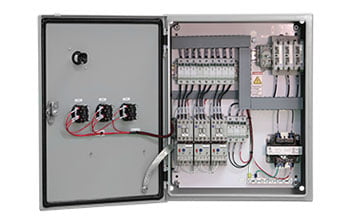
Our transfer control panels are engineered to deliver seamless, reliable power transfer solutions for residential, commercial, and industrial applications, ensuring that your operations experience minimal downtime and maximum efficiency even during sudden outages or planned maintenance periods, while their advanced technology, robust construction, and strict adherence to safety standards provide peace of mind to users by offering user-friendly interfaces and intuitive controls that simplify managing power transitions effortlessly and effectively in all situations for unmatched reliability and performance, globally recognized.
Focused on exceptional user experience, we design each transfer control panel to offer simple setup, clear instructions, and dedicated support from our expert team, ensuring that any issues during installation or daily use are promptly resolved while our unwavering commitment to quality and customer satisfaction drives us to consistently deliver superior products that exceed industry standards and meet your specific power management needs with excellence.
Every transfer control panel we create is built using the finest materials and innovative techniques to guarantee longevity, reliability, and optimal performance under all conditions, giving you the confidence that your power transfer system will perform flawlessly, reduce downtime, and support your operations effectively, while also contributing to energy savings and a more sustainable future for your business and community, ensuring unmatched quality and dependable performance every day always.
The primary focus of our company is on the implementation of high-quality, tailor-made solutions, which are designed to satisfy your particular requirements in the best way, thus ensuring that our transfer control panels not only function as smoothly as the support from our team but also that they are complemented by clear guidance, reliable support, and innovative expertise. Our staff will always prioritize you as their customer, so you can expect attentive service and prompt support every time you are with us.
A transfer control panel is a device that can automatically switch off the user’s power supply to other sources, allowing the user to switch sources between different sources, if need be that their operations are not interrupted in case of a power outage or maintenance.
This unit continuously watches at the mains period that you have given and if a problem is seen it moves the load from the main generator to the auxiliary generator, or some other type of source. As a result, it gives your system an independent operation even in turbulent times.
They include automatic switching, real-time monitoring, overload protection, and user-friendly interfaces that simplify power management and enhance system reliability, respectively.
They need regular checks and testing to ensure everything works correctly, and our support team is here to help with any service needs.
Transfer control panels are a solution to safety issues as they can automatically detect power disturbances, switch immediately to backup power during outages, and they can be adjusted to prevent overloads. This secures a steady flow of power supply that is necessary both for your equipment and for the welfare of your staff.
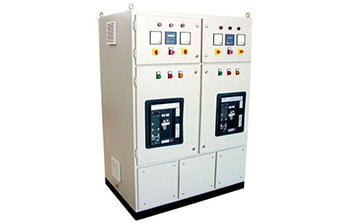
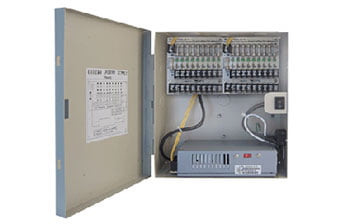
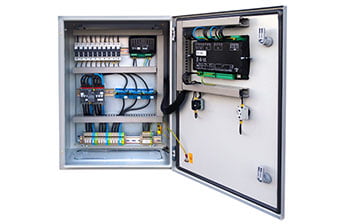
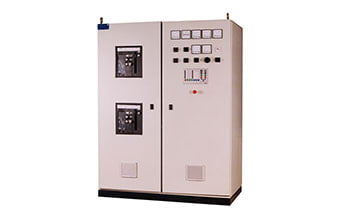










Our team of specialists from varying disciplines will guarantee the provision of integrated solutions to finish your task by drawing on their experience from the collection of our completed projects.
VOLTRONIX
Shed 06, Aber Warehouse
Dubai Investment Park 02,
PO Box: 414345 , Dubai.
United Arab Emirates.
Landline: +971 4 8240002
Mobile: +971 50 2420957
Email: [email protected]